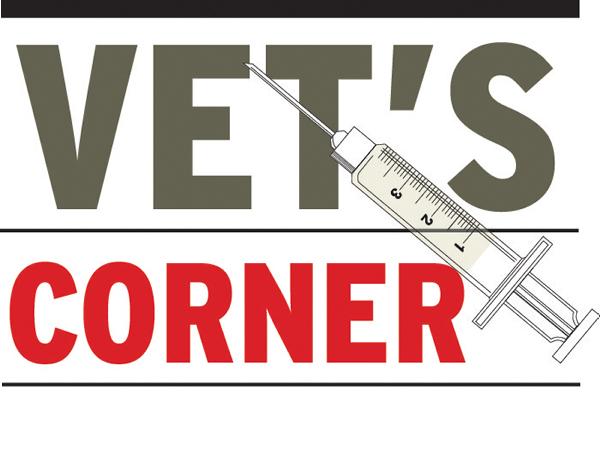Milk fever is a metabolic condition, usually seen within 24 hours of calving, but it can happen anytime from seven days before to seven days after calving.
The reason for this is because the huge amount of calcium needed for colostrum and milk causes a severe and rapid drop in the cow’s blood calcium level.
All cows experience this and normally the calcium is replenished quickly from bone, which has plenty of calcium (remember the ad “drink plenty of milk for calcium”).
In cows, the normal blood calcium level is about 2.4mm/l, but around calving time, it can drop to below 2.0 for a short time without any problems.
However, if it drops too much and is below 1.5, then the cow’s system cannot cope, and she may collapse with milk fever.
When the circulating blood calcium level drops normally, then vitamin D stimulates the bones to sequester more calcium into the circulation. However, if this doesn’t happen or not quickly enough, then the cow’s circulation runs short of calcium.
Treatment
Milk fever is treated by giving calcium (usually with added magnesium) either intravenously or subcutaneously. Unfortunately, a lot of farmers don’t give it properly when doing so subcutaneously.
I have seen cows that were given sufficient calcium subcutaneously, but unfortunately not properly and this is often the reason why there is no response to the treatment.
When you see a big bulge at about elbow level in a cow treated for milk fever, then you know it wasn’t given properly.
There is little or no calcium absorbed from the injection site, because it has all drifted down under the skin and collected in a swelling here.
The best place to give the calcium is about 5in below the spine and behind the shoulder blade.
Ensure the needle is just under the skin first and not too far in.
The calcium should flow in very freely and soon a bulge will appear.
This bulge should be dispersed as it rises, by pushing it with the hand backwards and upwards along under the skin.
Never disperse it downwards, as this is where people usually make a mistake.
For the calcium to be absorbed into the circulation, it must be completely dispersed, so that when you are finished the administration, there should be no swelling whatsoever obvious anywhere.
When dispersed over a wide area, then it will be all completely absorbed very quickly, and the cow will have a much better response to the treatment.
When not dispersed properly, then it flows downwards by gravity of its own accord and ends up in a swelling behind the elbow and, as a result, is of no use at all to the cow there.
Jim Kelleher works at Riverview Veterinary Group, Bandon, Co Cork. Riverview Veterinary Group is part of XLVets. XLVets is a group of progressive practices who are working together to achieve a better future for agriculture and veterinary in Ireland. For information, see www.xlvets.ie






 This is a subscriber-only article
This is a subscriber-only article









SHARING OPTIONS: